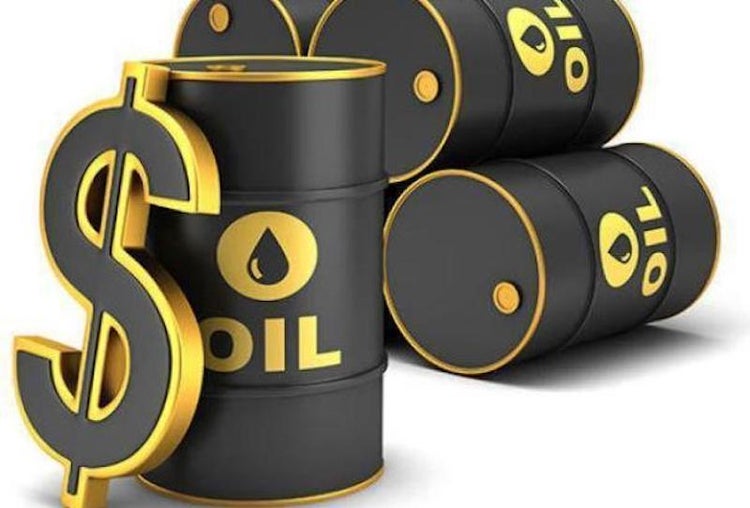Oil prices fall on rising COVID-19 infections in Asia, inflation fears
May 19, 2021
Oil prices fell for a second day on Wednesday on renewed demand concerns as coronavirus cases in Asia rise and on fears rising inflation might lead the U.S. Federal Reserve to raise interest rates, which could limit economic growth.
U.S. West Texas Intermediate (WTI) crude futures dropped 61 cents, or 0.9%, to $64.88 a barrel, following a 1.2% fall on Tuesday.
Brent’s rise to $70 was driven by optimism over the reopening of the U.S. and European economies, among the world’s biggest oil consumers, but it later retreated, on fears of slowing fuel demand in Asia as COVID-19 cases surge in India, Taiwan, Vietnam and Thailand, prompting a new wave of movement restrictions.
“Yesterday’s trade proved again that $70 signals irrational exuberance,” said Vandana Hari, energy analyst at Vanda Insights in Singapore.
“Assessing the global demand picture remains challenging as reopenings and restrictions across the world are probably the most diverse since the start of the pandemic,” said Hari.
Uncertainties over inflation also prompted investors to reduce exposure to riskier assets like oil.
“There is a wider risk-off play that’s going on,” said Westpac senior economist Justin Smirk.
Smirk said speculation that the Federal Reserve might raise rates because of inflation fears weighed on the outlook for growth and in turn on commodities demand.
“The Fed’s very serious (about holding rates low), but the market’s speculating about earlier movement,” he said.
The Fed has indicated that interest rates will stay at their current low levels through 2023 though futures markets show investors believe rates may start to be raised by September 2022.
The lower oil prices came despite a weaker U.S. dollar which was at a 4-1/2 low against a basket of currencies. A weaker dollar makes oil cheaper for holders of other currencies and supports crude prices.
Investors will also be watching out for the latest U.S. crude and products stocks data from the U.S. Energy Information Administration due on Wednesday.
Data from the American Petroleum Institute on Tuesday showed crude inventories rose by 620,000 barrels in the week ended May 14, while gasoline inventories fell by 2.8 million barrels and distillate stocks fell by 2.6 million barrels, according to two market sources.
The rise in crude stocks was less than the 1.6 million barrel rise analysts had estimated, on average, in a Reuters poll, while the declines in gasoline and distillate stocks were bigger than anticipated.
REUTERS







